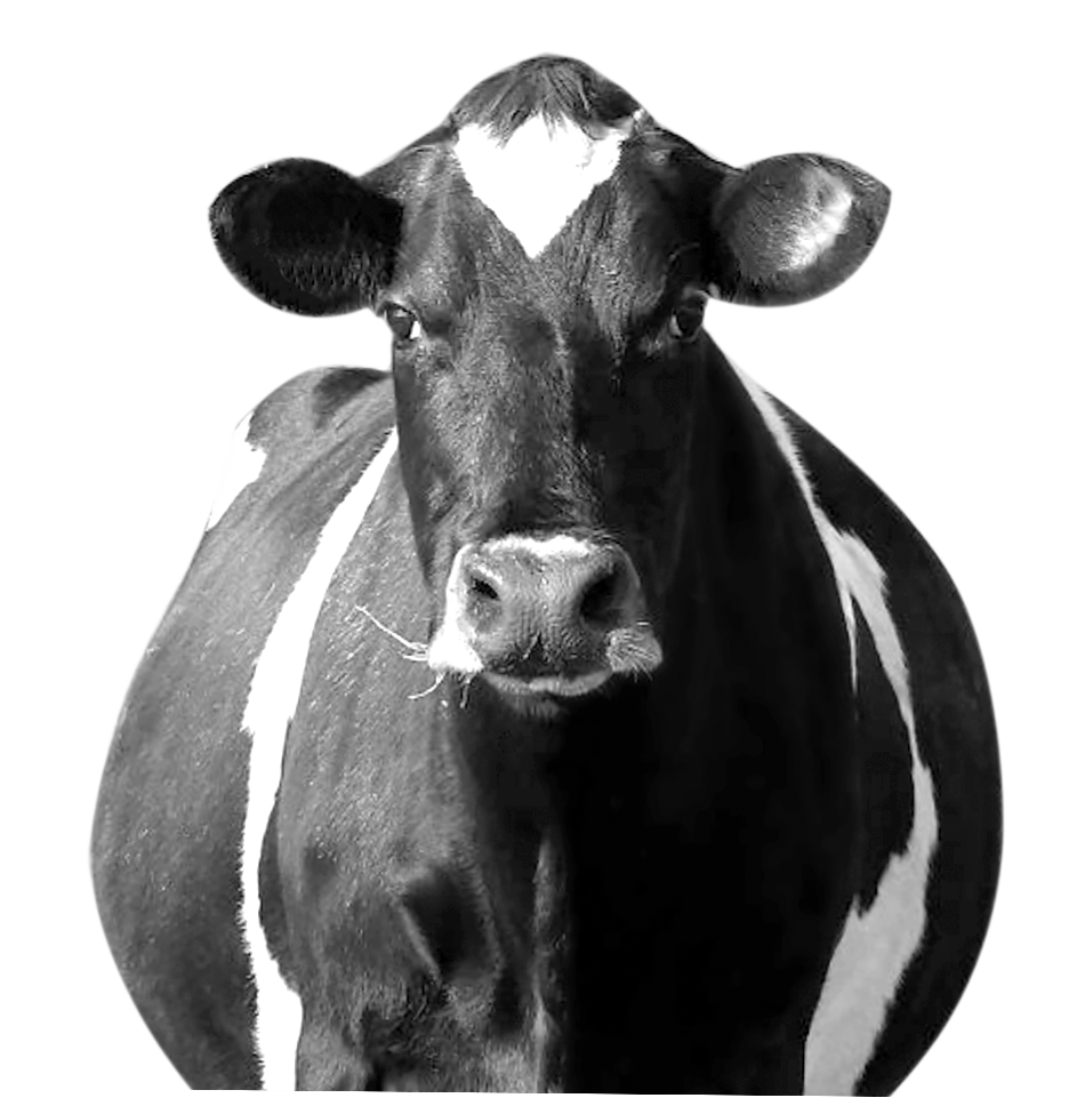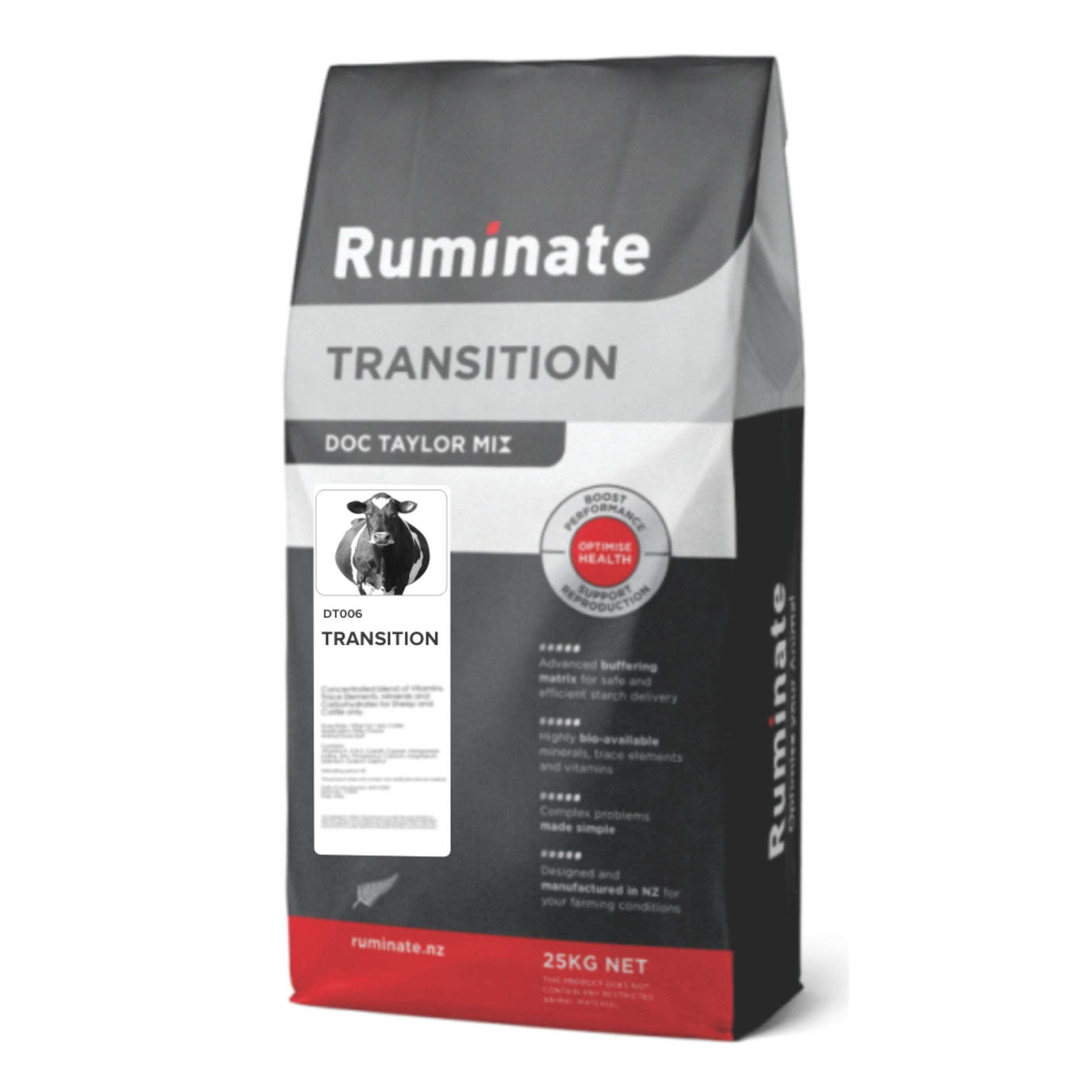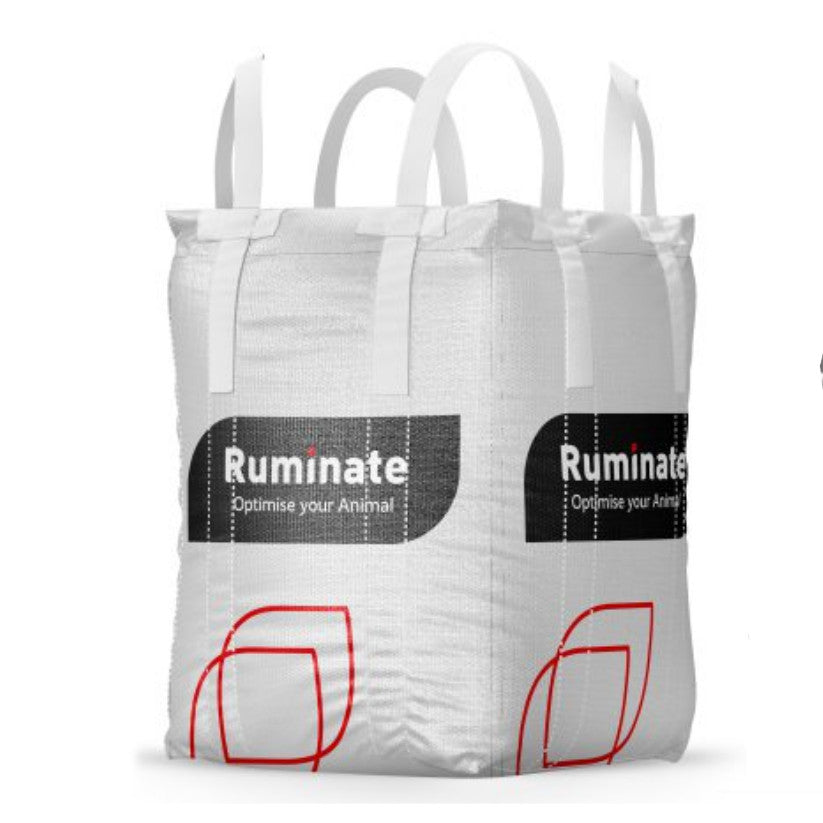
Had enough of down cows?
Transition Management is the most critical period in the cows calendar.
How they are cared for in the 3 weeks pre‑calving to 3 week post calving period establishes the productive and reproductive potential for each cow for the rest of the year.
During this transition period,
the cow experiences significant physiological and metabolic changes.
MANAGED WELL she will transition from being a dry cow to a lactating cow; move quickly into positive energy balance; head towards peak lactation and begin cycling.
MANAGED POORLY she will have subclinical if not clinical metabolic problems; she will not reach a high peak and if she does, it will be for a short period; she will not move into positive energy balance and as a result she will lose unnecessary weight and be slow to cycle.
The good news is, we can actually make a big change!
-
Boost productivity
Achieve peak lactation faster and improve reproduction outcomes
-
Support better health
Avoid metabolic issues like milk fever, ketosis, metritis and key mineral imbalances
-
Take a load off
Take a bit of stress off during a busy time of year

Get free transition planning guidance
We'll build you a transition management plan specific to your farm and look at꞉
- Where are the cows leading up to calving?
- What is the farm’s infrastructure?
- What is the available feed? (We don't guess, so we’ll test the feed.)
- What are your goals and objectives?
Then, using Ruminate's Doc Taylor® nutrition software we'll design feed blends to ensure the nutrition and energy requirements of your cows in transition are met.


Why Doc Taylor Transition is THE transition blend you need...
-
Defend against metabolic mayhem
Backed by smart formulation and DCAD balancing — help prevent milk fever, ketosis, and retained cleansings before they happen.
-
Fire up rumen function
Packed with pH buffers, precision minerals, and targeted carbs to support fermentation and keep the engine room running smooth.
-
Maximise calcium mobility
Specifically built to help cows release and absorb calcium efficiently — reducing downers and boosting recovery.
-
Set her up for peak & mating
Delivering the vitamins and trace elements needed to prime her for a fast rebound post-calving and a strong 6-week in-calf rate.
-
On farm advice, no extra cost
Get ongoing guidance from a Ruminate nutrition specialist — free of charge. You’ll have expert eyes on your transition plan, giving you confidence and backup when it counts most.
-
Want more? We'll customise it
Got a unique system, challenge, or diet? We can tweak the DCAD, bump specific nutrients, or tailor the blend entirely to suit your farm — no cookie-cutter solutions here.
Delivery to Feed Mill or Farm
Just contact your Ruminate Nutrition Specialist and we'll make the right mineral premix for you, and deliver to your Feed Mill or Farm as you prefer.




